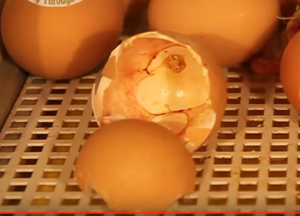ANSWERS To Your Video Bird Walk Mysteries
Only click on the tab if you really must know,
otherwise make your best guess on the blog.
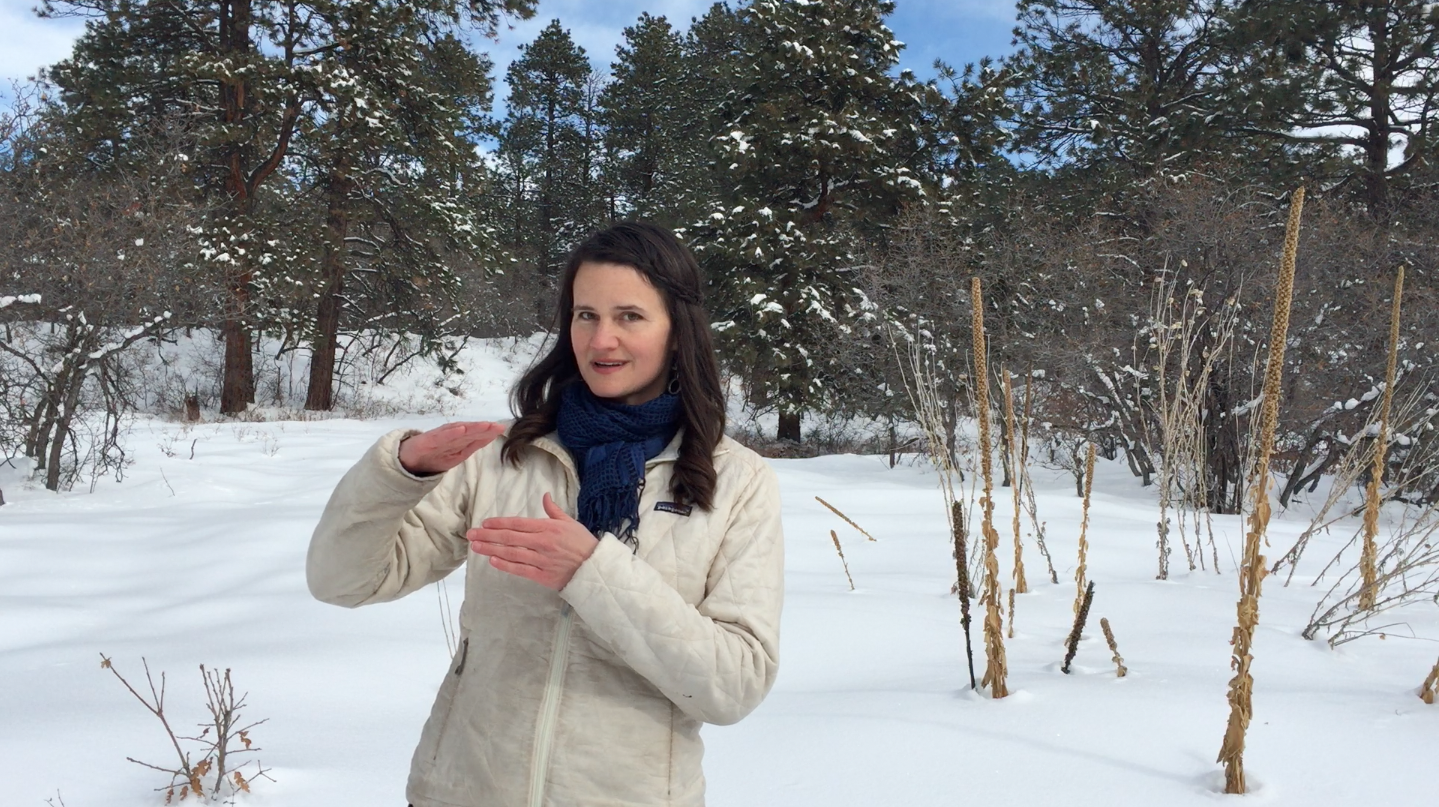
Watch Your Posture
Yes, due to the horizontal posture of the little yellow bird, the answer is Yellow Warbler. Nice work!!
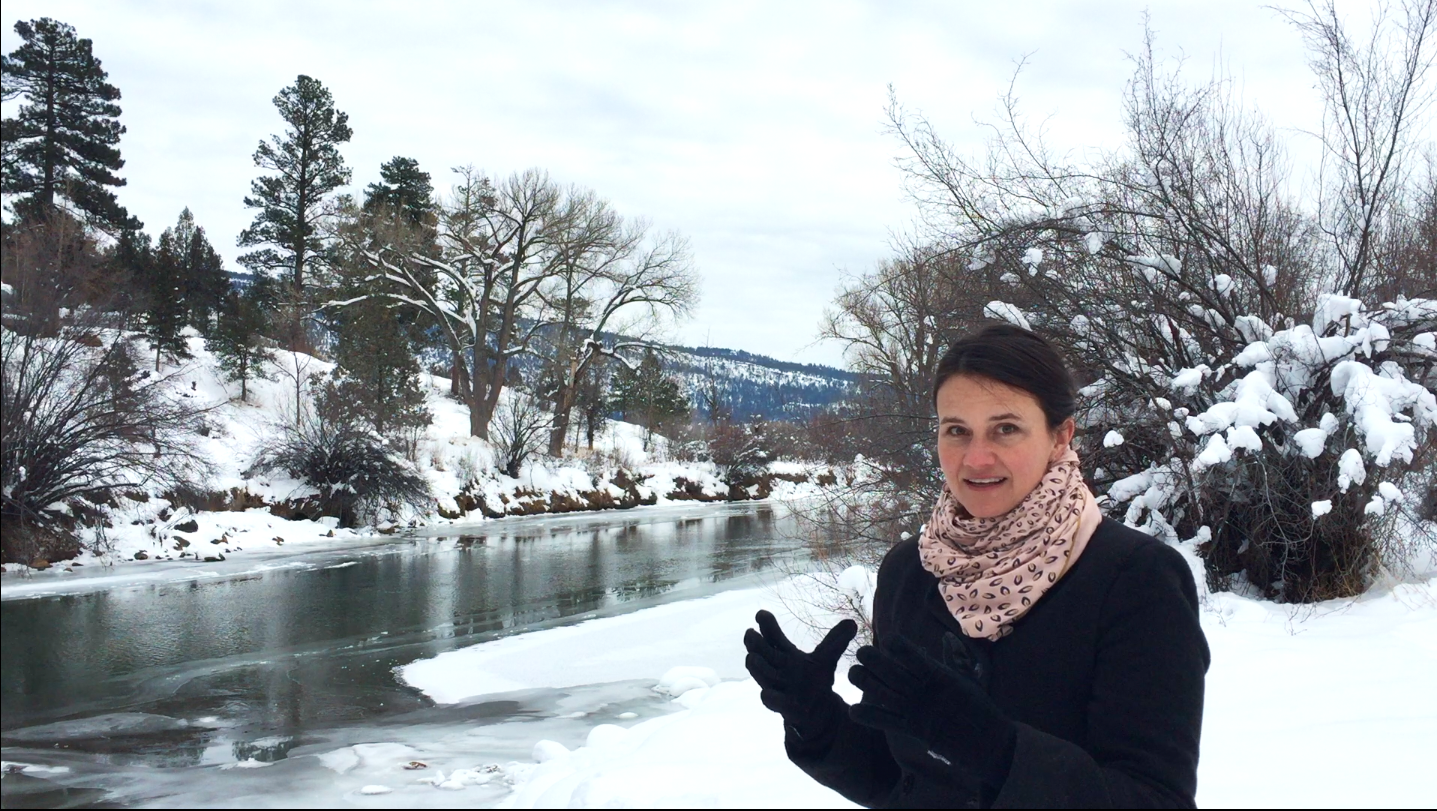
Does it Hop or Does it Walk?
The First bird we saw was a Killdeer.
The Second bird we saw was an American Pipit… Nice work!!
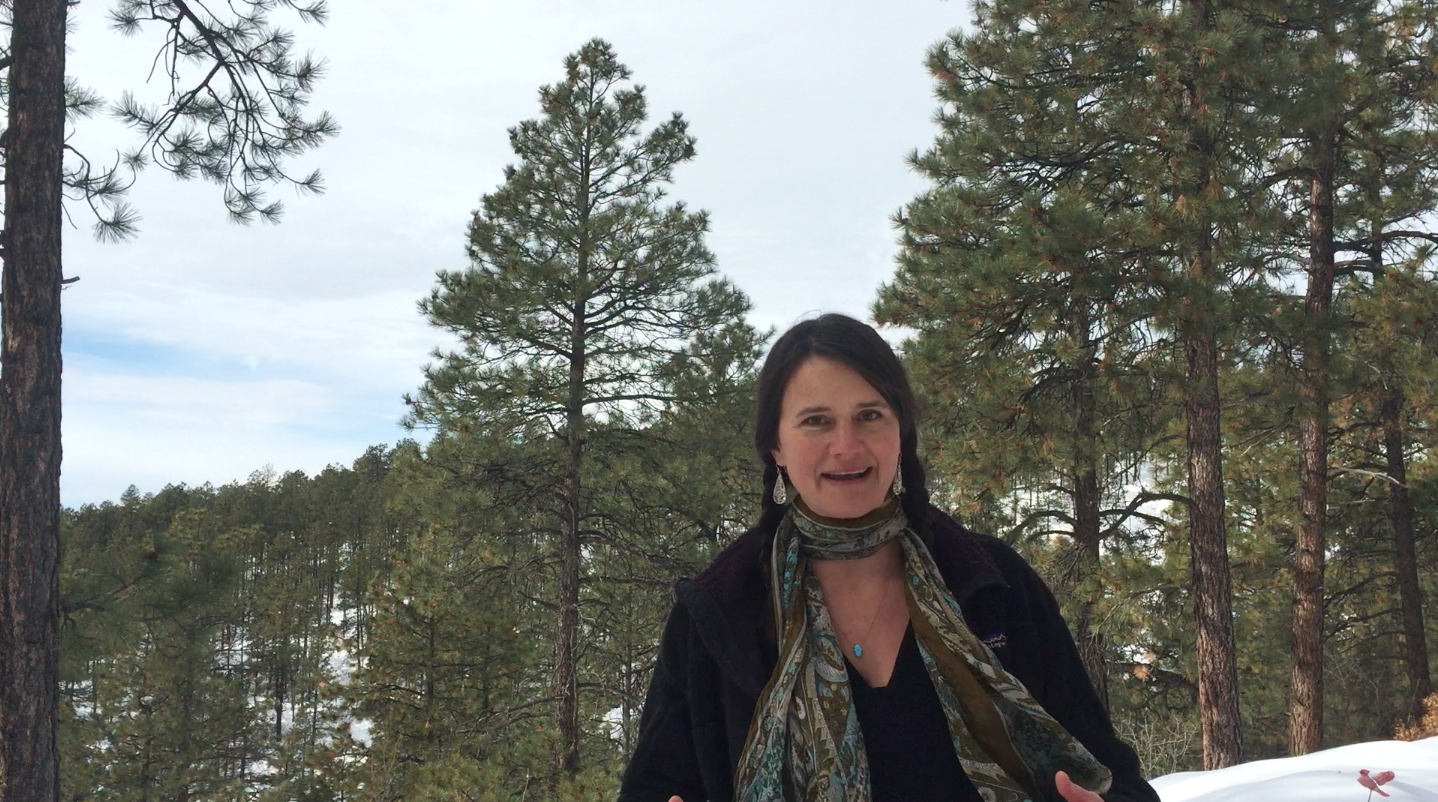
Do You Have A Foot Fetish?
The bird track I was speaking about was the track of the Wild Turkey. Nice work!!
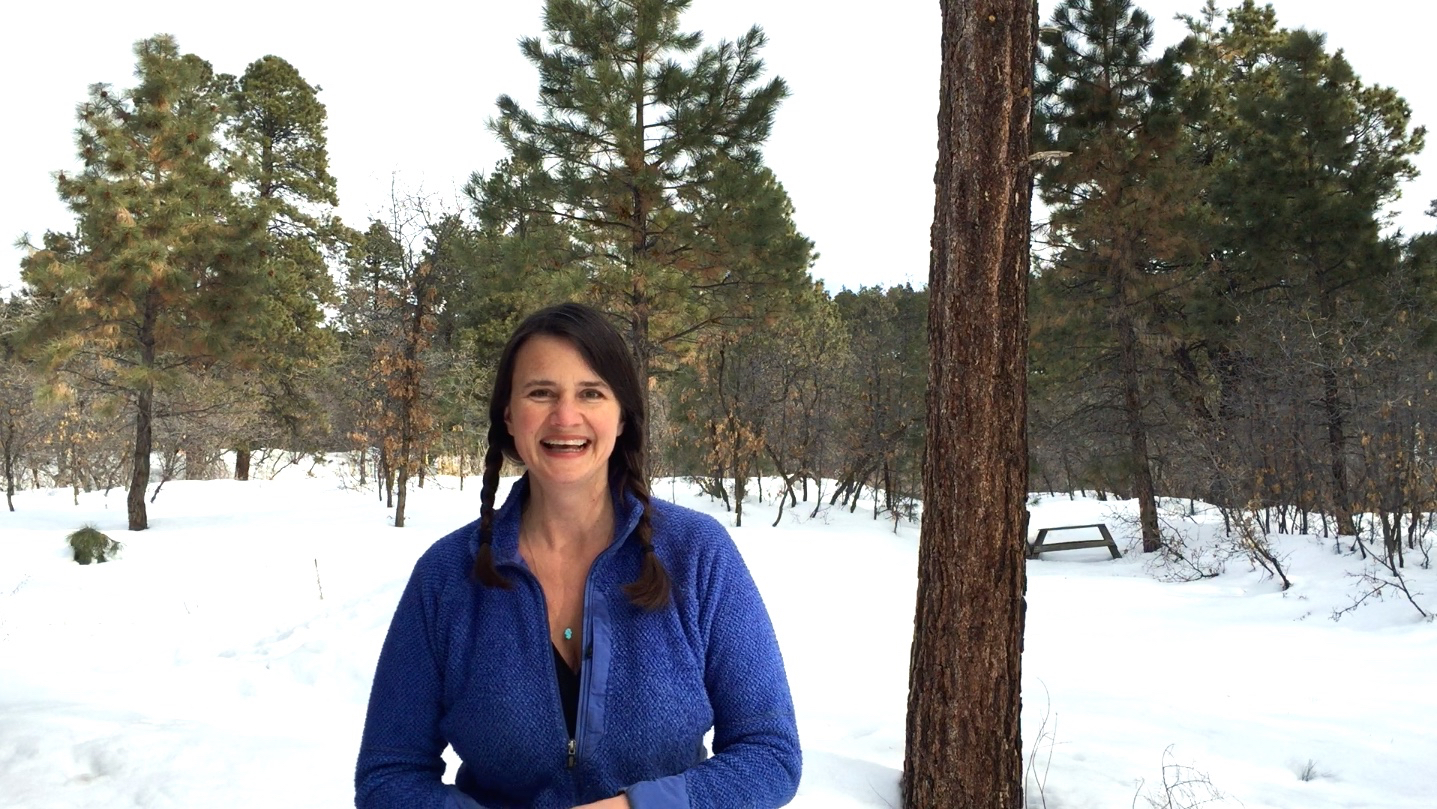
The 3 Things You Need to Identify Any Bird Anywhere!
The little bird I was describing was the Pygmy Nuthatch. Nice work!!
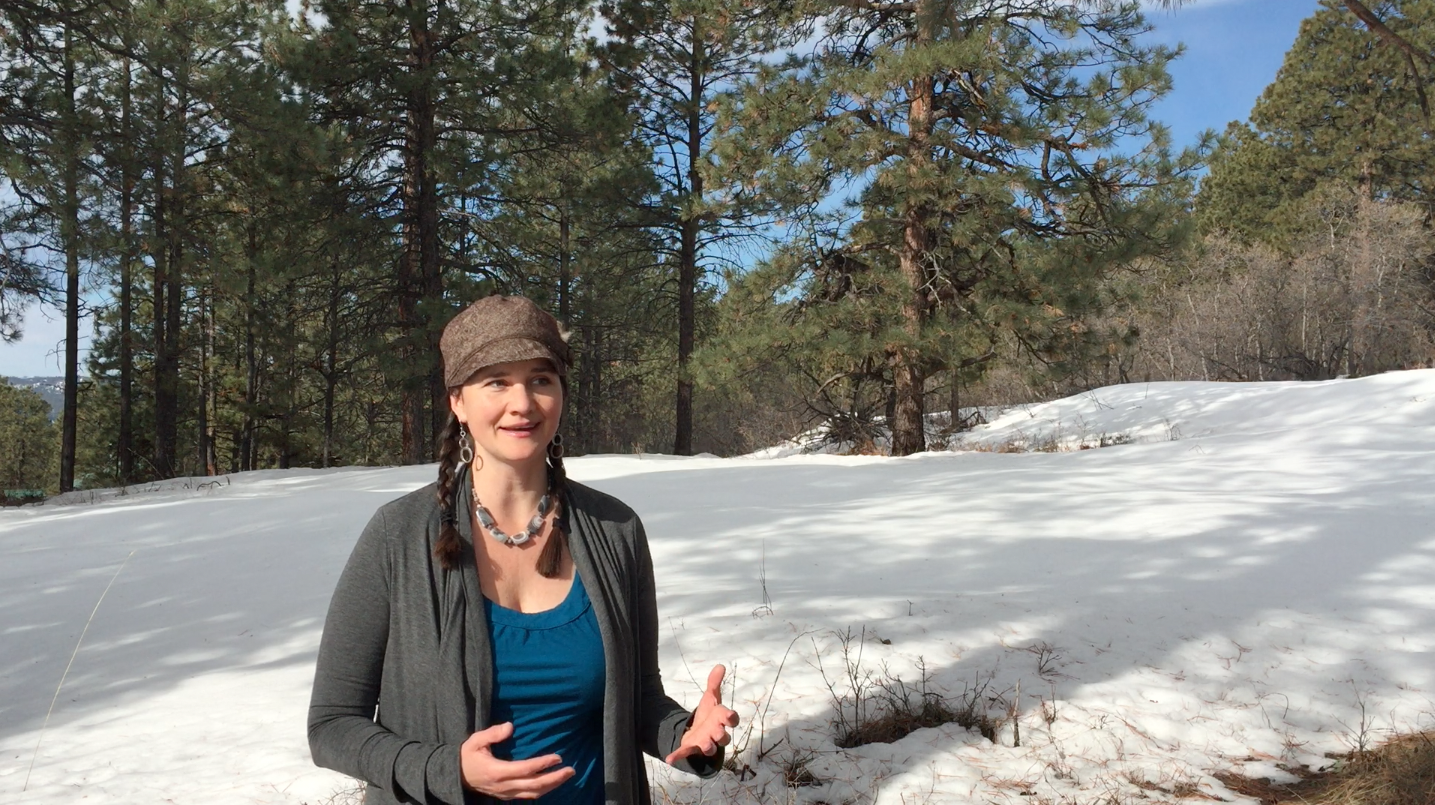
Two Tips For Remembering That Bird Song You Learned Last Summer
The trilling song I heard was that of the Dark-eyed Junco.
The junco is a bit more musical then the Chipping Sparrow, who has more of an electric sound to its song.
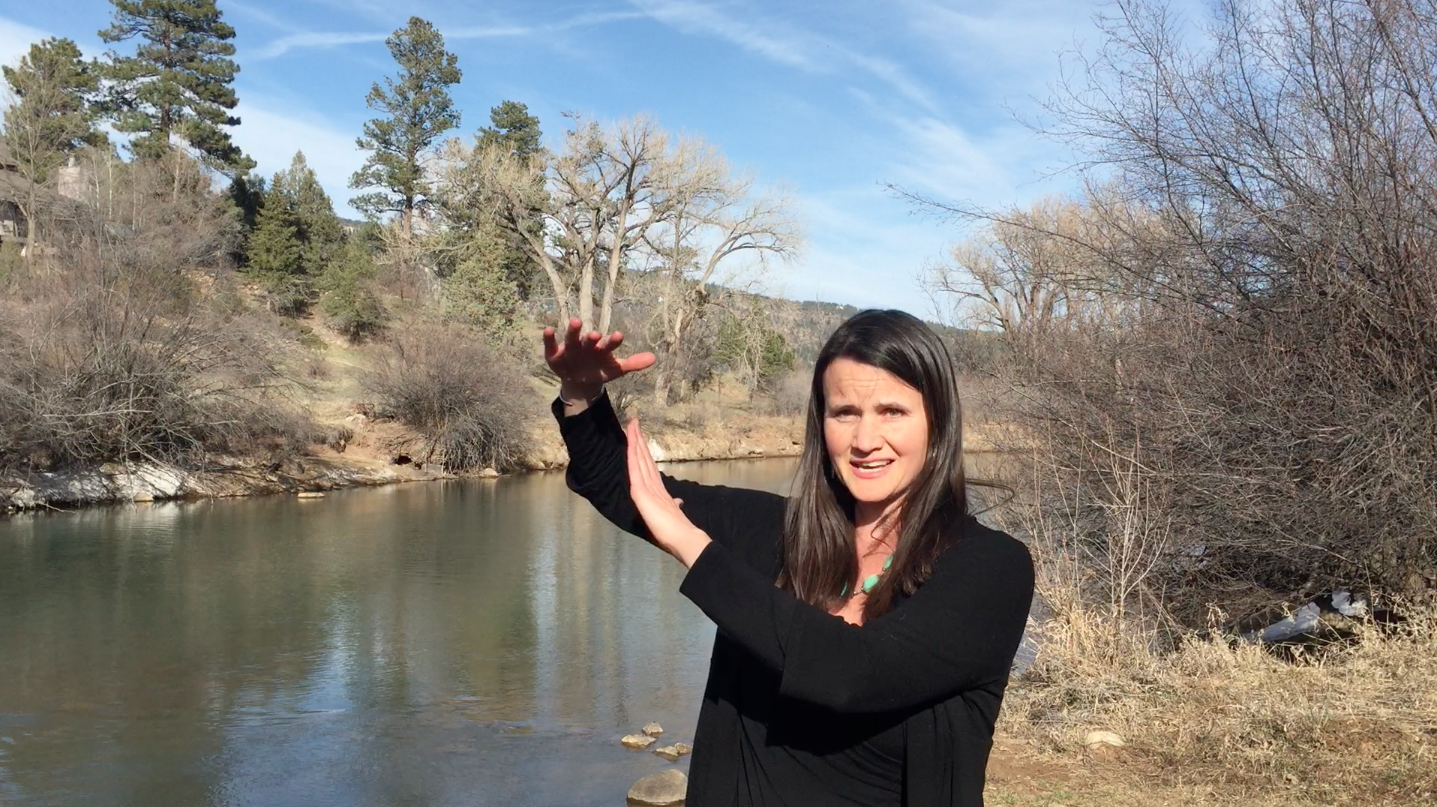
Which Hawks Hover
Because it was a large raptor hovering there are only a few in Northern Indiana in the winter who actually do this.
The Northern Harrier is a possibility (though not as common that time of year), but due to a field mark (I did not mention this …. a dark band across its tail)… it turns out to be the Rough-legged Hawk.
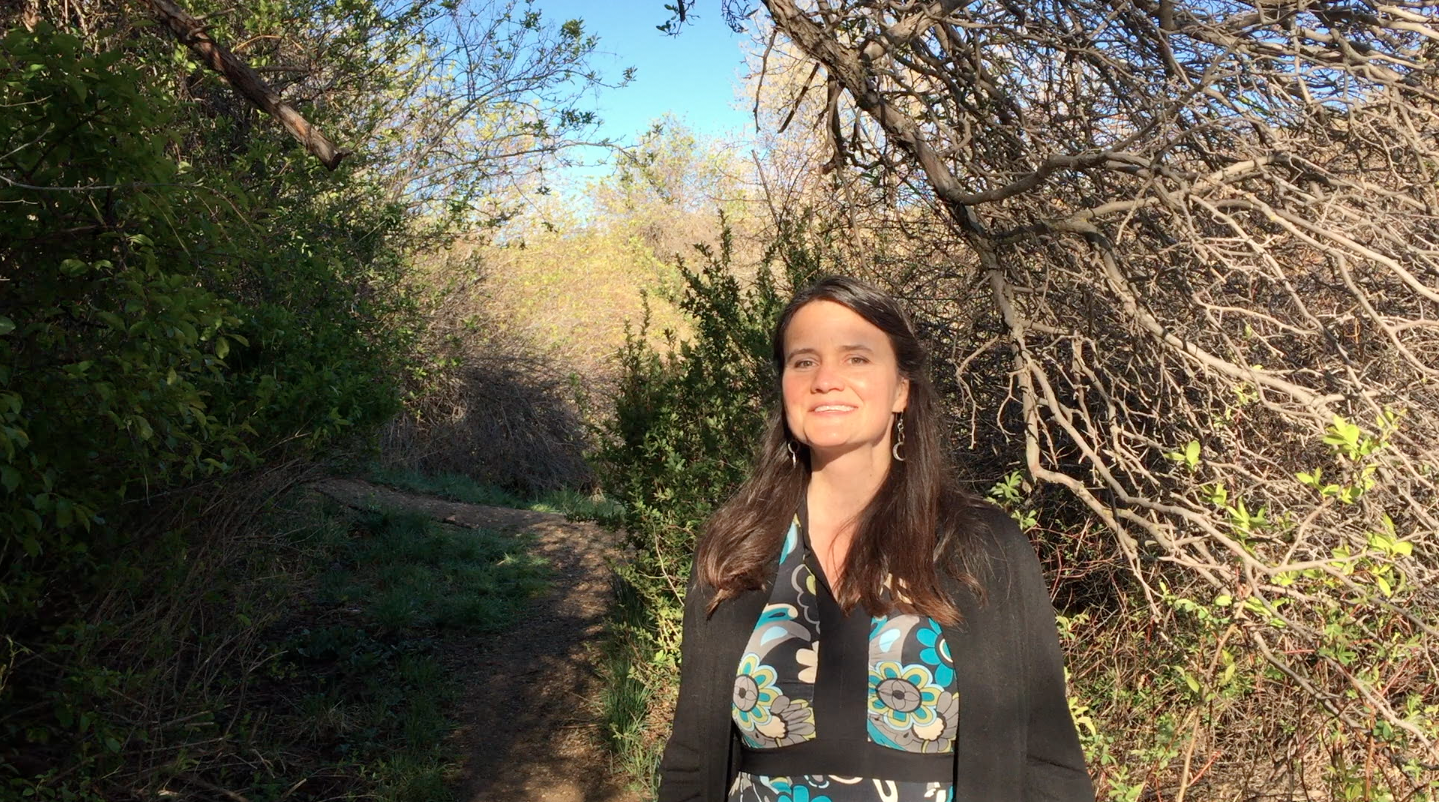
Is Spring Migration an Intimidating Experience for You?
The bird we saw at the reservoir that looked very similar to a Killdeer was a Semipalmated Plover.
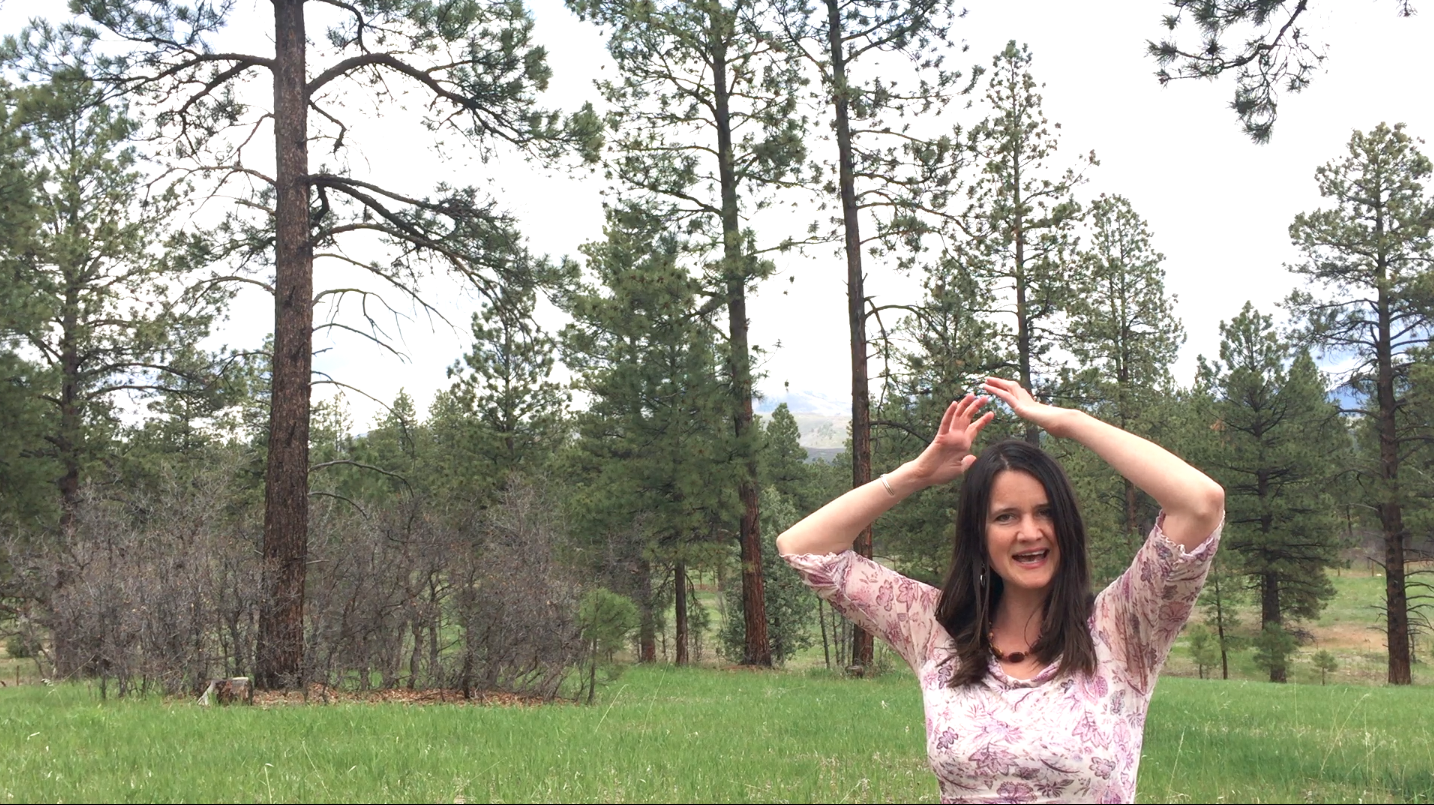
All I See is the Bird's Silhouette, What Should I Do Now?
Yes, for those of you who guessed the bird I saw was in the jay family you are correct. Specifically, it was a Steller’s Jay. The jays can often be seen jumping up and up amongst the branches of trees.
As for the sound at the end of the video, that was the call of a Red-tailed Hawk that was nesting not too far away.
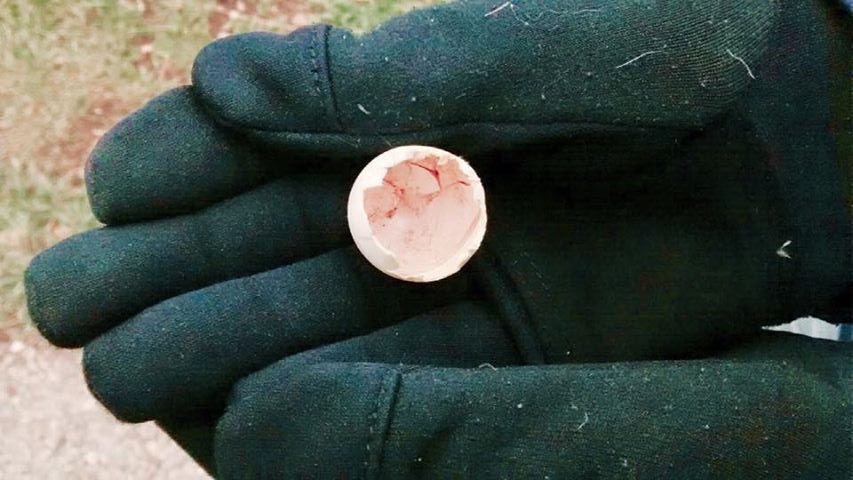
Hatched or Eaten?
Thanks to everyone who made a guess. A lot of you were spot on.
This one is tricky. I’ll do my best to address all of the reasons why it’s tricky, as well as all of the guesses and questions that were posed about the egg. Apologies for the image not being super clear.
HATCHED
- When a bird chick hatches from an egg it does so by poking a little hole with in the shell with its egg tooth. From there the shell begins to crack in a jagged pattern all the way around, leaving two halves of the shell once the bird has emerged. This is one of the keys to identifying a successful hatch.
- The yolk, used by the developing bird as food and nourishment, is nearly nonexistent when a bird hatches.
- The inner membrane of the shell remains and begins to dry, gently pulling the edge of the shell inward as it dries. This membrane will appear to have blood and other goo attached to it.
4. The time of year plays a part in this mystery as well. Ask yourself …. What birds are laying eggs right now? Does this egg belong to any of those currently nesting? Where in the nesting cycle are these birds?
5. Often the parent birds will remove the shells from the nest by carrying one half of the shell inside the other (this is important to make note of when you find a shell and are wondering what happened to it) and depositing the shell some distance from the nest (so the scent of the open shell does not attract predators).
EATEN
There are many predators of bird eggs and they each have their own unique style of getting into the shell and then their own approach to consume what’s inside.
Typically,when a bird egg has been predated upon the shell will look different than the shell of an egg that has hatched naturally. Here are a few ideas to consider:
- Entry Hole. So most predators will leave either a squarish – rectangular shaped hole like the one in the image below. Some predators will enter the egg from one or both of its ends (like a weasel). Look for canine puncture holes on the shell.

- One small hole. Birds are just like any other animal in that they are territorial and will “fight” for the best real estate. Wrens are known to poke a hole in the shell of the eggs of a bird who has laid their eggs in a nest (around here it happens to blue birds in nest boxes) that the wren wants, thus killing all of the developing chicks of the other bird.
- How it’s consumed. Some baby bird predators will lick the interior of the shell once it’s been opened (like a raccoon). Other predators will lift the egg (like a crow or gull) and drink the contents. Some predators eat the bird eggs whole, in which case you may only find bits of the shell in the animals scatt.
- Where it’s consumed. Some folks prefer to eat their meal at the restaurant, while others prefer takeout.
- Yolk on the egg. Not always (especially if the predator is one that licks its shells) but, often you can find yolk coating the outer shell of the egg. This would not be the case if the bird hatched naturally.
WHAT HAPPENED?
This is a tough one.
First of all.. the shell was cracked in a manner similar to that of a naturally hatched bird chick (all the way around the shell). The membrane was peeling inward and pulling away from the shell as it was drying. So… was it a natural hatch? Take a look at this image (or the raccoon link above)..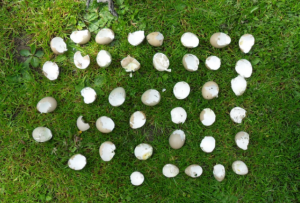
These are eggs that were predated upon by a crow. Each one just a little bit different from the other.
Well, regarding the membrane, it was not pulling the edge of the shell in with it. There was yolk caked onto the outer portion of the shell, which infers a not fully developed chick. Here in Colorado… a handful of birds just started laying their eggs (eagles & owls hatched a few weeks ago and always get a head start on the rest of the bird world). This means that they still have another 2-4 weeks of incubation before the chick is ready to hatch…. then, another few days-weeks before the little ones fledge and leave the nest.
So… I wasn’t there when this happened and can’t say for certain what actually took place… but, if I had to make an educated guess… I’d say this little buddy didn’t make it into its bird form, but instead has become a raccoon, crow, skunk or some other amazing wild animal.
GOOD RESOURCE.
One of my favorite resources for questions like this one is Mark Elbroch’s book, Bird Tracks and Sign.
If anyone has any other resources they have found helpful, I’d love to hear what they are. You can post your suggestions on the Bird Mentor Facebook Page.
Thanks for playing along with me.
~Kristi
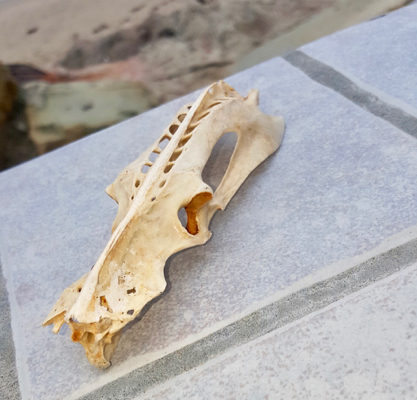
Birder's Guide Answer ~ What Creature is This?
This is the skull of a baby dragon.
The specific species we are not certain about, but definitely one of the fire breathing types.
NO>>>>> really…. it is actually not a skull at all, it is the image of a pelvis.
Before I share the answer, would you like to make another guess now that you know it a pelvis? It is about 7” long and was found washed up on a beach in California.
OK, here’s the answer.
This is the pelvis of a cormorant. Isn’t that just the coolest!!!
Thanks for playing! 😉 I hope you enjoyed the challenge.
~Kristi
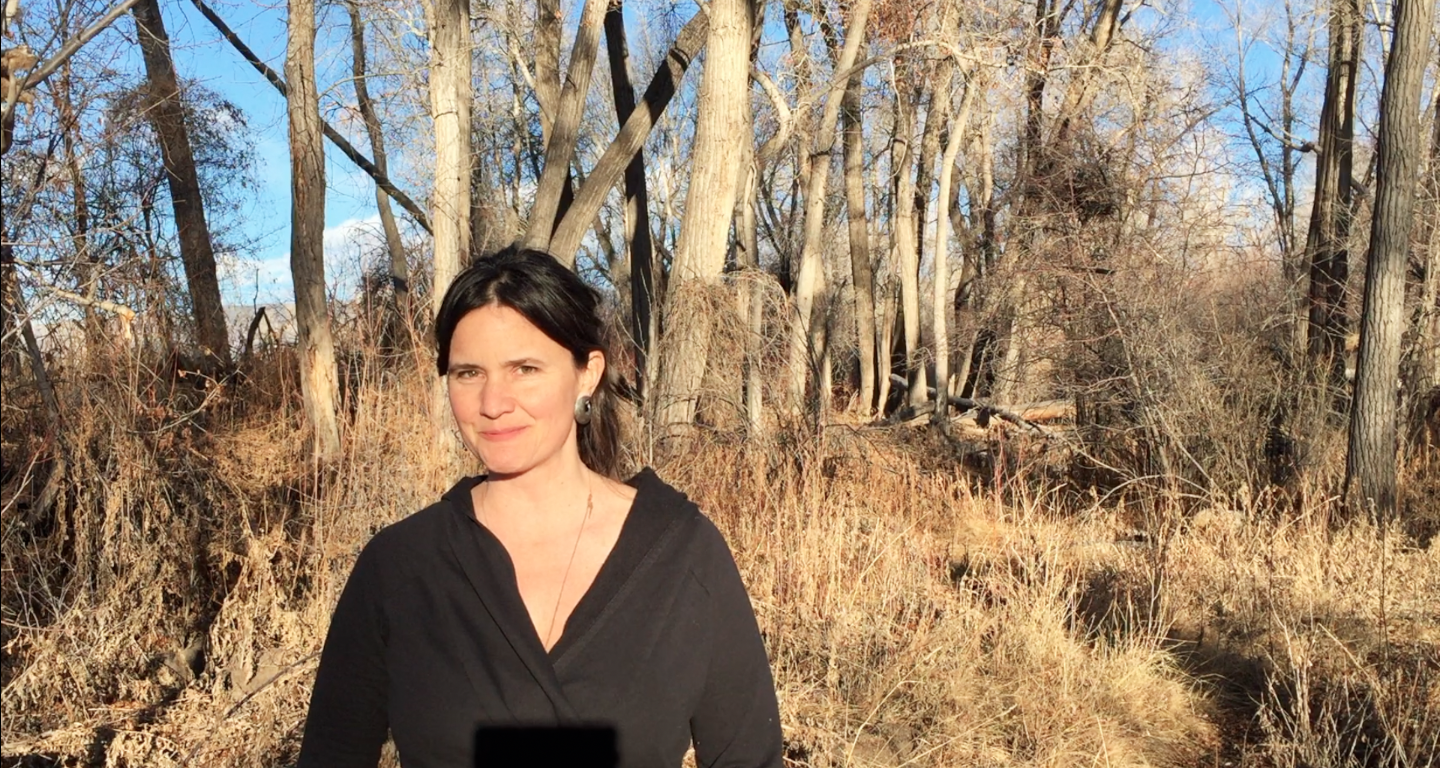
Do You Really Want to Become a Better Birder?
After considering the sparrow family, I realized that my little mystery bird was actually the Yellow-rumped Warbler in drab winter plumage. Go figure. 😉 They are seen from time to time here in the winter, usually in with others of their species.

